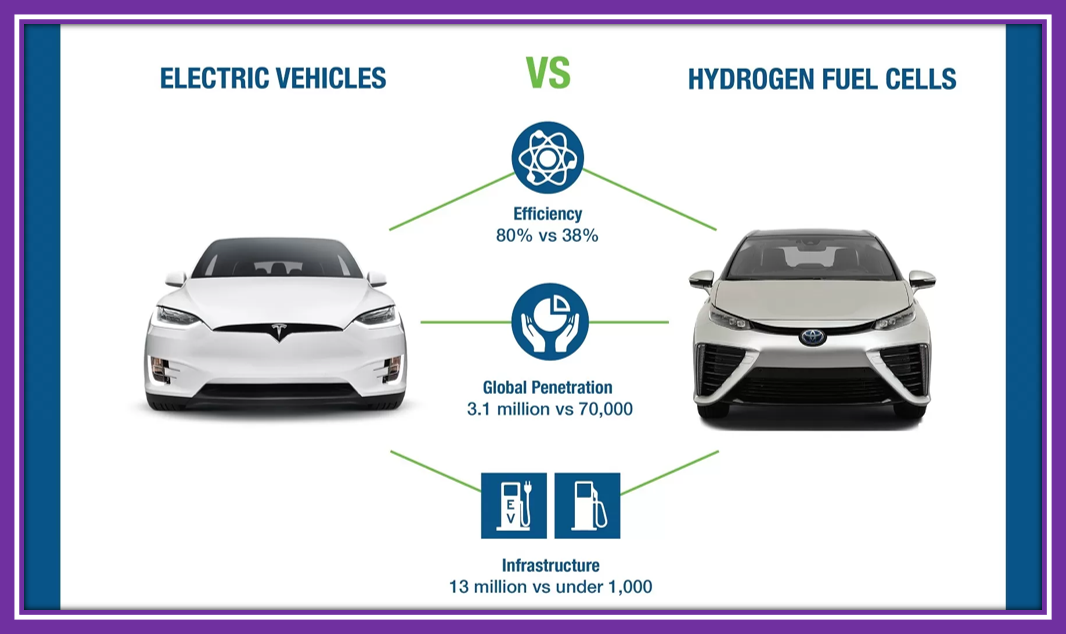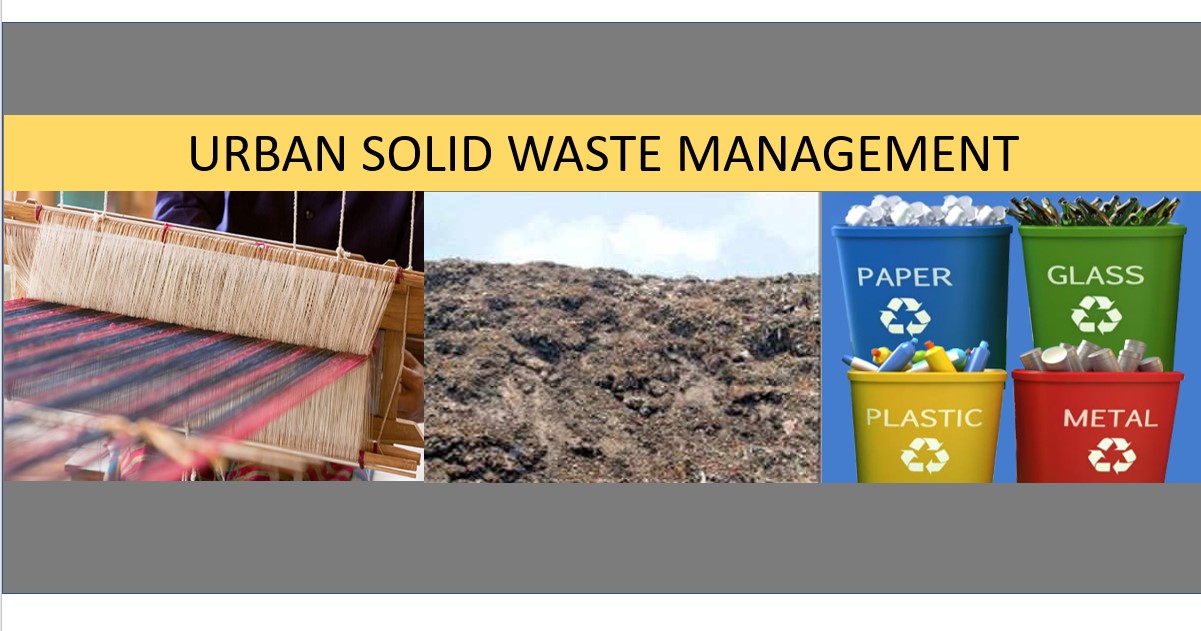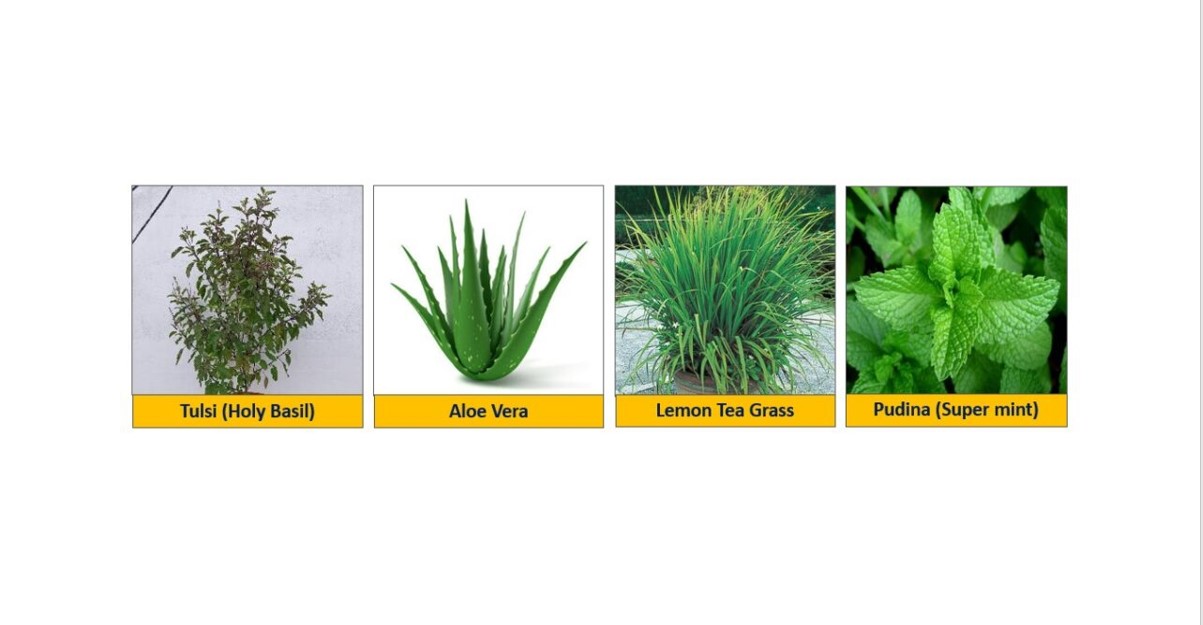
Healthy ecosystems maintain our soil, clean our air, control the climate, recycle nutrients, and give us food. They offer resources and raw materials for making medications and other things. They support our economies and are the basis of all civilizations.
Following are some of key points can contribute for environment protection:
- Volunteerism
- Involvement – Personal & social interest is a key driver for making success any campaign
- Drive – Some groups of similar interests peoples can give up a big drive
- Awareness – Can be done in many ways. Like on highways toll booths some literature can be distributed, collages & schools can be also suitable medium
- Sponsorship – Someone big organization/institution can take support for promoting green initiatives
- Marketize – while marketing products Go green & environment protection-related ideas can be added
- Educate: When you further your education, you can help others understand the importance and value of our natural resources.
- Social Media – Social networking has ingrained itself firmly into modern culture. Numerous environmental challenges are occurring both locally and internationally as a result of the advancements in industrialization, research, technology, and globalisation. This social media can be used as a method to quickly spread knowledge of a wide range of current environmental issues to a big number of people in a short amount of time. Interaction between environmental educators and students or regular people can help determine the value of social media and the importance of environmental education. Nowadays, people use social media to communicate with others locally and globally about small-scale to large-scale environmental issues and to support environmental causes. It also gives regular people the capacity to monitor the quality of the air, water, and climate in their immediate surroundings and subsequently share this information with others. With several examples and case studies, the current chapter will highlight some of the benefits of social media for raising environmental consciousness and fostering human connectivity.
- Waste OR Chemical disposal in the land, water, Air
- Effects
- How can we save – Choose non-toxic chemicals in the home and office. Hazardous material is any solid, liquid, or gas that can harm people, other living organisms, property, or the environment. Hazardous waste is created by dangerous products. Dangerous products may be radioactive, flammable, explosive, toxic, corrosive, or biohazardous. Other dangerous products that may be considered hazardous waste include oxidizers, asphyxiants, and products that contain pathogens and allergens. There are many more products that may be rendered hazardous in specific circumstances. You can rethink hazardous waste by avoiding these types of products and using alternatives.
- Effects
- Below mentioned (6 R) are vital. Need to always keep in mind that these are the ‘Mantra’ to protect the environment. We have cut down on what is thrown away. We must conserve natural resources and landfill space.
- Reduce : Reduce as much natural resources usage by Re-Visit about optimization in every usage. Pool car, Public Transport, Stich Off the lighting when not in use, reduce consumption electricity, Elevators/lifts usage can be reduced
- Reuse : Reuse items such as old clothing, cloth grocery bags, and containers to prevent waste. Buy used items to reduce waste as well as the emissions created by producing new materials or disposing of them in landfills. donate unused clothing, electronics, and building materials to make sure others can reuse them too!
- Rethink : As we know demand is the origin of supply, If we don’t demand plastic then its products will be automatically less. If we buy, we must have to think about sustainability. Rethink before throwing away an item you think is broken, worn out, or is no longer wanted. Before discarding any item, first, ask yourself the following questions:
- Can it be reused?
- Is it repairable?
- Is it recyclable?
- Refuse : Refers to any disposable materials, which includes both recyclable and non-recyclable Materials. This term is often interchangeably with Waste, but refuse is a broad, overarching term that applies to anything leftover after it is used, while waste only refers to leftovers that cannot be recycled.
- Repurpose :
- Green lifestyle: can be adopted in the office can help the company save paper and reduce waste. Choosing to have eco-friendly printing and recycling food products can help the company stand out from others in values and goals.
- Paper: Reusing unwanted sheets of paper as packaging filler, reuse it to take notes or print on the other side for drafts.
- Composting bin: Have a composting bin in the work kitchen and donate the compost to a local garden.
- Buying local: When buying local and reuse bags supports a sustainable economy. Communities can successfully develop sustainable practices and techniques to collectively live sustainably. Use canvas/fabric bags to buy groceries, over and over.
- Containers: Bring your reusable container for beauty products to your local markets.
- Small changes to your everyday routine, can make a huge difference. Recycling shouldn’t be eliminated but repurposing takes initiative to save the Earth, cut down on waste, and support a local, sustainable economy.
- Recycle
- While collecting recyclables is a great idea, recycling doesn’t take place until the product or material is transformed into a new one. You must then purchase a rebuilt item to ensure recycling. Look for recycled-content paper towels, for instance, when you buy paper towels.
- Alternatively, when buying paper, check for paper made using post-consumer recycled material. Keep in mind that until you purchase recycled things, you are not truly recycling! You can help close the recycling loop by buying products made from recycled materials.
- Recycling is a quick and effective way to keep Los Angeles County clean. We encourage you to look around this section to find out more about our Residential Recycling Program and see how simple it is to transform your neighborhood into one you can be proud of.
- You can easily start reducing by eliminating the amount of junk mail sent to your home or office. Information on how to do this, along with dozens of other helpful money-saving tips can be found in this section.
- Conserve water: A typical person uses 140 liters of water every day. Scientist says, there will be massive water shortages by 2080s. Water conservation refers to using water sensibly and preventing needless waste. Saving water reduces energy use. Your home needs energy to filter, heat, and pump water, so conserving water also lowers your carbon impact.
- Utilizing less water helps keep more in our ecosystems and maintains the habitats of fishes in waters & animals on land. Lesser rain can eliminate rainforest.
- Also, Money can be saved by conserving water. If you have a water meter, your water provider may charge you less if you use less water
- Energy : The effort to lower energy consumption by utilizing fewer energy services is known as energy conservation. This can be done by either increasing the efficiency with which energy is used (using less energy for a constant service) or by decreasing the quantity of service required (for example, by driving less). Eco-sufficiency is a concept that includes energy conservation.
- Energy efficient products: Light bulbs reduce greenhouse gas emissions. Switch off the lights when you leave the room!
- Plantation: Trees provide food and oxygen. They help save energy, clean the air, and help combat climate change.
- By supplying oxygen, enhancing air quality, conserving water, protecting soil, and fostering animals, trees benefit their surroundings. Trees absorb carbon dioxide during photosynthesis and turn it into the oxygen we breathe. About six tones of carbon dioxide are absorbed and four tones of oxygen are released every acre of forest. This is sufficient to cover 18 people’s yearly needs. By eliminating dust and absorbing other pollutants including carbon monoxide, Sulphur dioxide, and nitrogen dioxide, trees, shrubs, and turf also act as air filters. Rain washes harmful particles to the ground after trees catch them.
- Green Vehicles : A green vehicle, clean vehicle, eco-friendly vehicle or environmentally friendly vehicle is a road motor vehicle that produces less harmful impacts to the environment than comparable conventional internal combustion engine vehicles running on gasoline or diesel, or one that uses certain alternative fuels.
- Green Energy : Renewable energy comes from sources that are constantly and naturally renewed (hence the name), such as wind power and solar energy. Renewable energy is also often called sustainable energy. Renewable energy sources are the opposite of fossil fuels, like coal and gas, which are a finite energy source. Plus, the burning of fossils fuels to release energy is a cause of climate change.
________________________________________________________________________________________________
Note : Above article written with best of my knowledge, If you found any error or suggestion, Kindly give your feedback









Very relevant piece indeed. Such structured and actionable suggestions will go a long way in spreading awareness amongst groups around us.
So well written, Some basics we can practice at home without directives